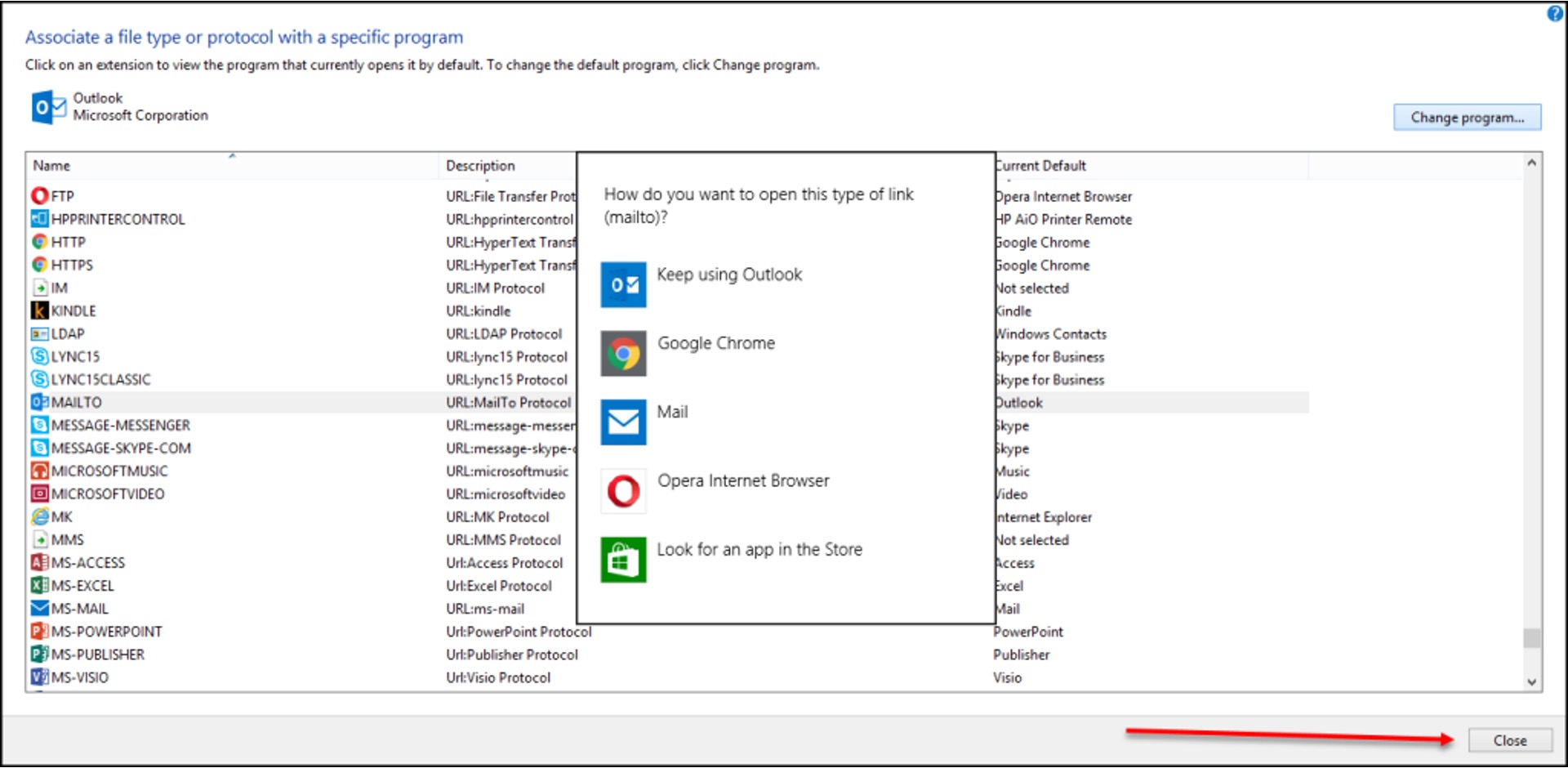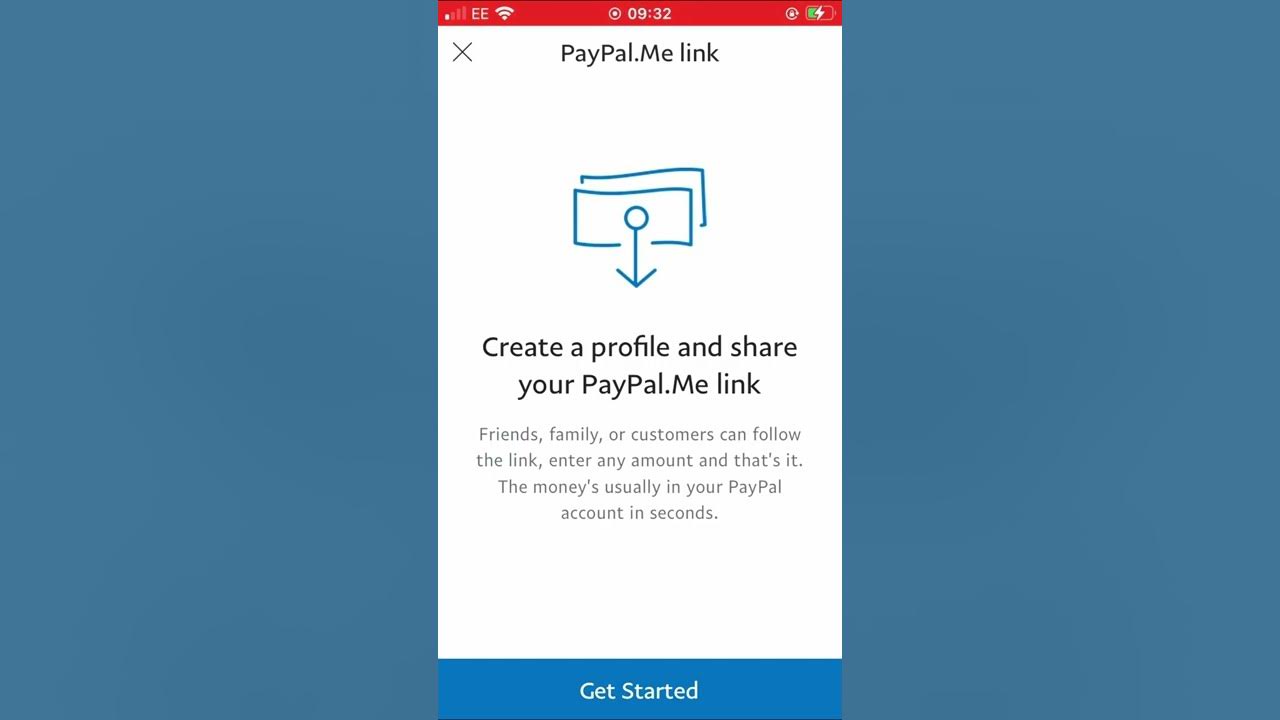Introduction
Welcome to our guide on how to link email using HTML! In today’s fast-paced digital world, emails are an essential communication tool. Whether it’s for personal or business purposes, being able to link email addresses is crucial for providing convenient access for users to contact you. By incorporating email links on your website or within your content, you can improve user experience and streamline the communication process.
This article aims to provide a comprehensive overview of linking email addresses using HTML code. We will guide you through the process of creating clickable email addresses, adding custom subject lines, and pre-filling content within mailto links. Additionally, we will explore how to style your email links to match your website design and provide tips on testing and troubleshooting your links.
Whether you are a web developer, blogger, or small business owner, mastering the art of linking email using HTML will greatly benefit you. It allows users to effortlessly initiate email communication with just a click, eliminating the need to manually copy and paste email addresses.
Before we dive into the technical aspects of creating email links, let’s discuss why linking email addresses is important and how it can enhance user experience on your website or in your content.
Why Linking Email is Important
Linking email addresses on your website or in your content offers numerous benefits and plays a significant role in improving user experience. Here are a few reasons why linking email is important:
- Easy and Convenient Communication: By linking email addresses, you provide users with a simple and convenient way to reach out to you. With just a click, visitors can open their default email client and compose an email to you directly. This eliminates the hassle of copying and pasting email addresses and ensures a seamless communication experience.
- Improved User Engagement: Adding clickable email addresses encourages visitors to actively engage with your content. Instead of passively reading, users are prompted to take action and reach out to you. This can lead to increased user engagement, such as inquiries, feedback, or business opportunities, ultimately enhancing the overall user experience on your website.
- Enhanced Professionalism: Linking email addresses adds a level of professionalism to your website or content. It showcases that you are reachable and open to communication, which can instill trust and credibility in your audience. This is especially important for businesses that rely on customer inquiries or client interactions.
- Increased Accessibility for Mobile Users: With the rapid rise in mobile device usage, linking email addresses is crucial to accommodate the needs of mobile users. Mobile users can easily tap on the email address, which will automatically open their email app, allowing for seamless communication on the go.
- Trackable Interactions: By creating email links, you can effectively track and analyze user interactions. With the help of web analytics tools, you can gain insights into the number of clicks on email links, allowing you to measure the effectiveness of your marketing efforts or content strategies.
As you can see, linking email addresses brings numerous advantages to both you and your users. It simplifies communication, boosts user engagement, adds professionalism, and caters to the needs of mobile users. By integrating email links effectively, you can optimize user experience and increase the possibilities for meaningful interactions.
How to Link Email Using HTML
Linking email addresses using HTML is a straightforward process that involves the use of anchor tags and the “mailto” attribute. Below, we will outline the steps to create clickable email addresses on your website or within your content.
- Adding a Hyperlink to an Email Address: To create a basic email link, you need to wrap the email address within an anchor tag. The href attribute should be set to “mailto:your-email@example.com”. For example,
<a href="mailto:your-email@example.com">your-email@example.com</a>. This will render the email address as a clickable link that opens the user’s default email client when clicked. - Creating Clickable Email Addresses with Mailto Links: The “mailto” attribute enables you to specify the recipient’s email address within the HTML code. For example,
<a href="mailto:recipient-email@example.com">Click here to email the recipient</a>. This will generate a clickable link that allows users to send an email to the specified recipient when clicked. - Adding a Custom Subject Line to a Mailto Link: If you want to pre-fill the subject line of the email, you can append it to the mailto link using the “?subject=” parameter. For example,
<a href="mailto:recipient-email@example.com?subject=Your%20Subject%20Here">Click here to email the recipient with a pre-filled subject line</a>. The %20 is a URL-encoded space character. - Inserting an Email Link with Pre-filled Content: In addition to the subject line, you can also pre-fill the email’s body content. To achieve this, add the “&body=” parameter to the mailto link. For example,
<a href="mailto:recipient-email@example.com?subject=Your%20Subject%20Here&body=Your%20message%20here">Click here to email the recipient with a pre-filled subject line and body content</a>. Again, %20 represents a space character. - Styling Email Links: You can apply CSS styling to your email links by targeting the “a” tag and adding custom styles. This allows you to match the appearance of the link to your website’s design and branding.
By following these steps, you can easily create clickable email addresses, customize the subject line, pre-fill email content, and style your email links to align with your website’s aesthetics. Don’t forget to test your email links to ensure they function correctly and deliver a seamless user experience.
Adding a Hyperlink to an Email Address
One of the simplest ways to link an email address on your website or within your content is by creating a basic hyperlink. By following a few easy steps, you can transform an email address into a clickable link that opens the user’s default email client when clicked.
To add a hyperlink to an email address, you need to utilize HTML anchor tags. Here’s how you can do it:
- Start by opening an anchor tag using the
<a>element. - Within the
<a>tag, set the href attribute to the email address you want to link. The email address should be prefixed with “mailto:” to indicate that it is an email link. - Next, add the email address that you want to link within the anchor tag. For example,
<a href="mailto:example@example.com">example@example.com</a>. - Close the anchor tag by using the
</a>closing tag.
Once you have implemented these steps, the email address will appear as a clickable link on your website or within your content. When users click on the link, it will automatically launch their default email client, such as Outlook or Gmail, with the recipient’s email address already filled in.

























